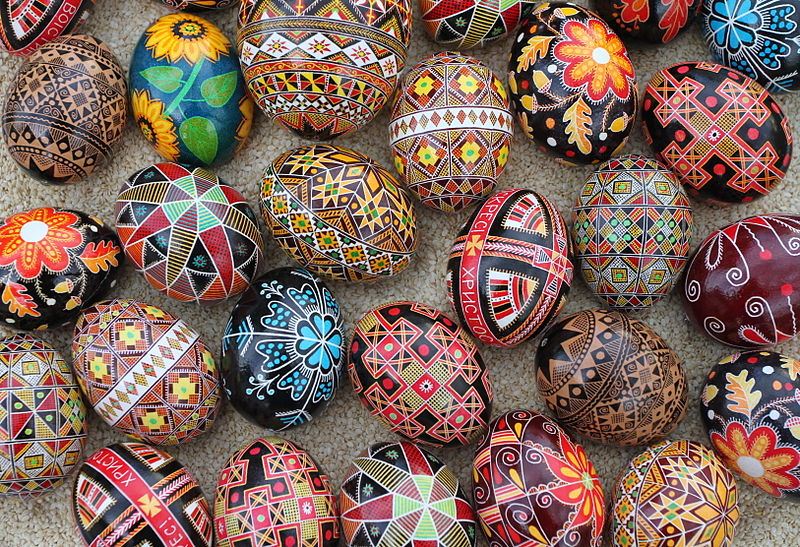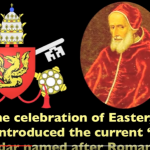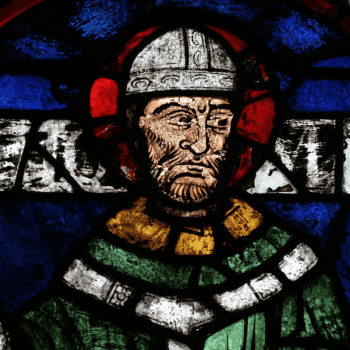Even though the U.S. government doesn’t recognize Easter or Lent as official holidays, an Annual Easter Egg Roll takes place every Monday following Easter Sunday on the lawn of the White House.
But why Easter Eggs? Where does the idea come from?
It wasn’t part of most settlers’ way of life in early America. (Anglican and Lutheran immigrants celebrated a liturgical calendar that included Lent and Easter, whereas Baptists, Congregationalists, Presbyterians, and Puritans, didn’t.) In the U.S., Easter wasn’t celebrated as a national cultural holiday until the Civil War era.
Historically, in Western and Eastern Europe, from which many of America’s first settlers came, the Roman Catholic and Eastern Orthodox Churches required Christians to abstain from eating eggs during Lent (with some exceptions for Sundays, depending on the region). In some instances they began boiling eggs in order to not waste them and make sure they lasted longer, so they could eat them after fasting.
According to Polish tradition, eggs were symbols of “new life” and were used in church services to represent rebirth through the resurrection of Jesus Christ.
Secular celebrations still involve painting elaborate designs on wooden eggs, called Pisanki. Ukrainian Easter eggs are called, “pysanky.”

As more immigrants arrived in America, they brought with them their many traditions, which contributed to American culture. One was the painting and decorating of Easter Eggs. The (non-wooden) Easter Eggs were eaten on Easter Sunday, celebrating the day of Christ’s resurrection. Easter Sunday ended the Lenten fast. But the joy of decorating, giving as gifts, and the symbolic meaning of new life that the colorful eggs represent, continued on, passed down through generations.
Pisanki eggs originate from the Polish word, “pisac,” which means to write. Many eggs have beautifully detailed and ornamented etched designs on colored eggs. Some Polish traditions teach that eggs have magical properties and are signs of a plentiful harvest and good health. People give the painted eggs as gifts to their friends and family, with the names of the recipients etched on them.
Some historical accounts reveal that early Mesopotamian Christians died eggs red in memory of Christ’s spilt blood. Other countries died eggs yellow and green to celebrate rebirth and springtime. Egyptians and Persians viewed eggs as a symbol of fertility and colored them to represent renewed life. In this way, dying hard-boiled eggs also morphed into modern-day celebration of Easter and celebrating springtime and new life.
The Christian celebration of Easter, the resurrection of Jesus Christ, is a changing holiday, dictated by the First Council of Nicea in 325 AD. Traditionally, Easter is celebrated during a weekend that falls in late March to early April.












